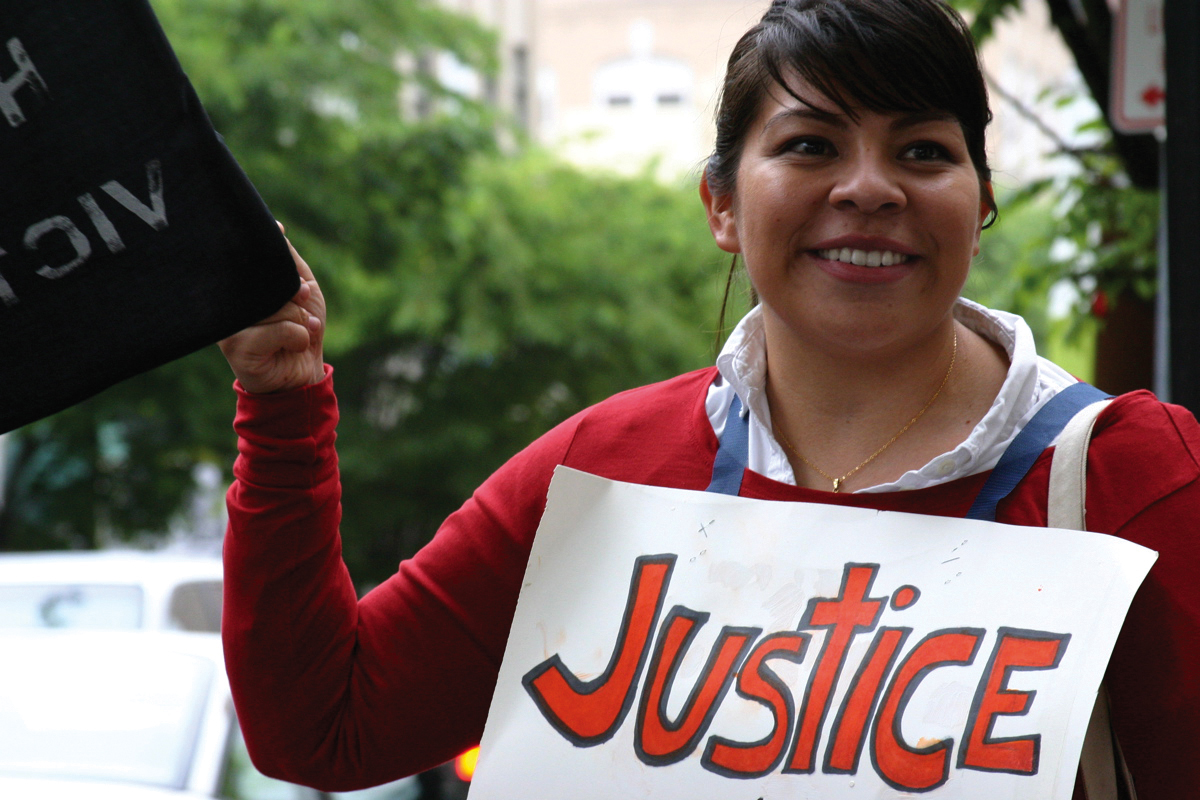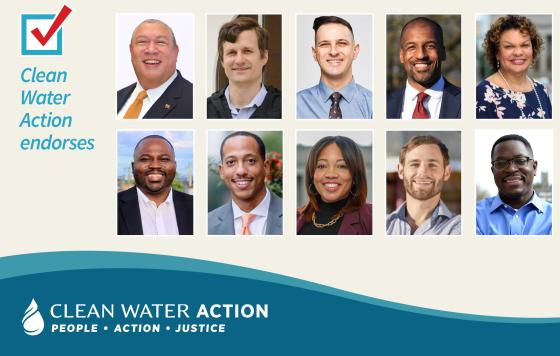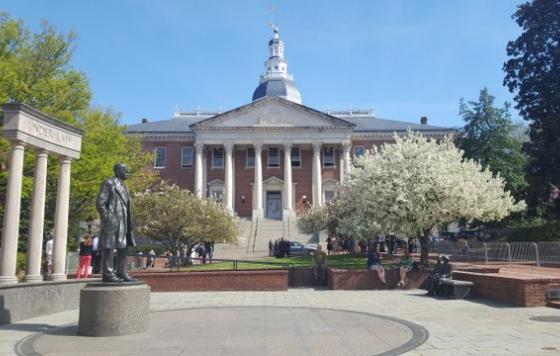
Testimony for HB1033
House Appropriations Committee
March 15, 2022
Position: FAVORABLE
Dear Chair McIntosh and Members of the Committee,
Maryland has a long history of environmental injustice, through years of decisions placing polluting industries in communities of color and decades of underinvestment. While this problem and history are not unique to Maryland, we do have a responsibility and opportunity to both address past injustices and prevent further harm through strong environmental health and equity policies passed through the state legislature.
Nationally, President Biden’s Justice 40 Initiative is intended to advance environmental justice and spur economic opportunity, to put the communities on the frontline of pollution and environmental burden at the front of the line for resources. It is fitting for Maryland to lead today for environmental justice concerns and directing targeted and increased investment in overburdened and low income communities.
Maryland is the birthplace of redlining, the practice of denying federally-backed mortgages in Black neighborhoods, started here as Ordinance 610 in Baltimore to outlaw Black residents from moving to White blocks. The repercussions of redlining and other race-based laws are still seen in lasting lower rates of homeownership, less generational wealth, and worse health outcomes.
Today, climate change is bringing heatwaves, floods, and extreme weather across Maryland. Too often, communities at the frontline of these disasters are also those that have received the greatest health impacts from pollution, the most racial and economic discrimination, and the fewest resources to tackle them.
HB1033 is targeted to reverse these inequities: - it dedicates investment to overburdened and low income communities, microtargeting state funds in emergency management, transportation, green infrastructure, energy efficiency, and more towards communities overburdened by pollution who have the least resources. HB1033 will bring funding to the most impacted communities, spurring investment, clean up, resiliency, and workforce development opportunities as the state builds to a cleaner, brighter future.
In Baltimore, just one illustration of the need for these micro-targeted investments is in the difference between the coolest and the hottest neighborhood in the city: eight degrees. In the hotter neighborhoods there are higher rates of chronic illnesses like asthma and COPD. The hotter neighborhoods are poorer, with less access to green space. A map of the hottest neighborhoods in Baltimore has clear links to the maps created as part of redlining and racial covenants - the neighborhoods that suffered historical segregationist zoning and lending policies now suffer from heat and poorly insulated homes. Neighborhoods suffering from the urban heat island effect and other environmental inequities need restorative investments from the state in order to reverse the decisions of the past and build toward a more equitable future.
HB1033 directs at least 40% of spending on environmental and energy programs to overburdened and low income communities, providing the needed remediation, rehabilitation, and workforce development. The bill applies to census tracts where the median income is less than 200% of the federal poverty index - or in 2022, a family of four making less than $55,500.
To develop the definitions and identify the census tracts eligible for this funding, HB1033 uses the leadership and expertise of the Center for Community Engagement, Environmental Justice, and Health at the University of Maryland School of Public Health, creators of the MD-EJScreen mapping tool, to identify which communities qualify for funding. And it creates a framework for communities to have a say in what counts as a community disproportionately burdened by pollution, making sure that dollars are getting to where they need to go for programs like:
- Energy efficiency and renewable energy installation
- Bus service and transportation spending
- Parks and conservation
- Infectious and chronic disease prevention and support
- Housing and community development
- Water quality and air quality
This environmental justice principle is key for facing the climate crisis in a way that builds a healthy future for communities that have been sacrificed in the past. Communities that qualify for increased funding in HB1033 cover 16% of the state population - microtargeting the communities most in need. And, because of past and present environmental racism, these communities are disproportionately overburdened - 68% of qualifying communities are majority communities of color.
As we invest in our state, now is the opportunity to make sure that frontline communities are at the front of the line for resources to fight it.
Sincerely,
Clean Water Action
Unitarian Universalist Legislative Ministry of Maryland
WISE
Maryland Legislative Coalition
MLC Climate Justice Wing
MD Campaign for Environmental Human Rights
Assateague Coastal Trust
Maryland Pesticide Education Network
Maryland Legislative Coalition
Chesapeake Climate Action Network Action Fund
Audubon Mid-Atlantic
Alliance of Nurses for Healthy Environments
MD Campaign for Environmental Human Rights
Blue Water Baltimore
Chesapeake Physicians for Social Responsibility
Center for Community Engagement, Environmental Justice, and Health (CEEJH)
Rebuild Maryland Coalition
Climate XChange Maryland
National Aquarium
Audubon Society of Central Maryland
Progressive Cheverly
No Boundaries Coalition



